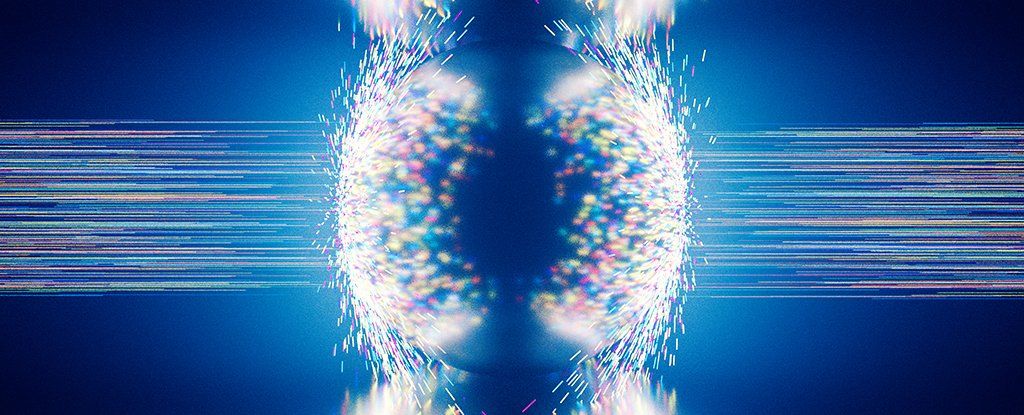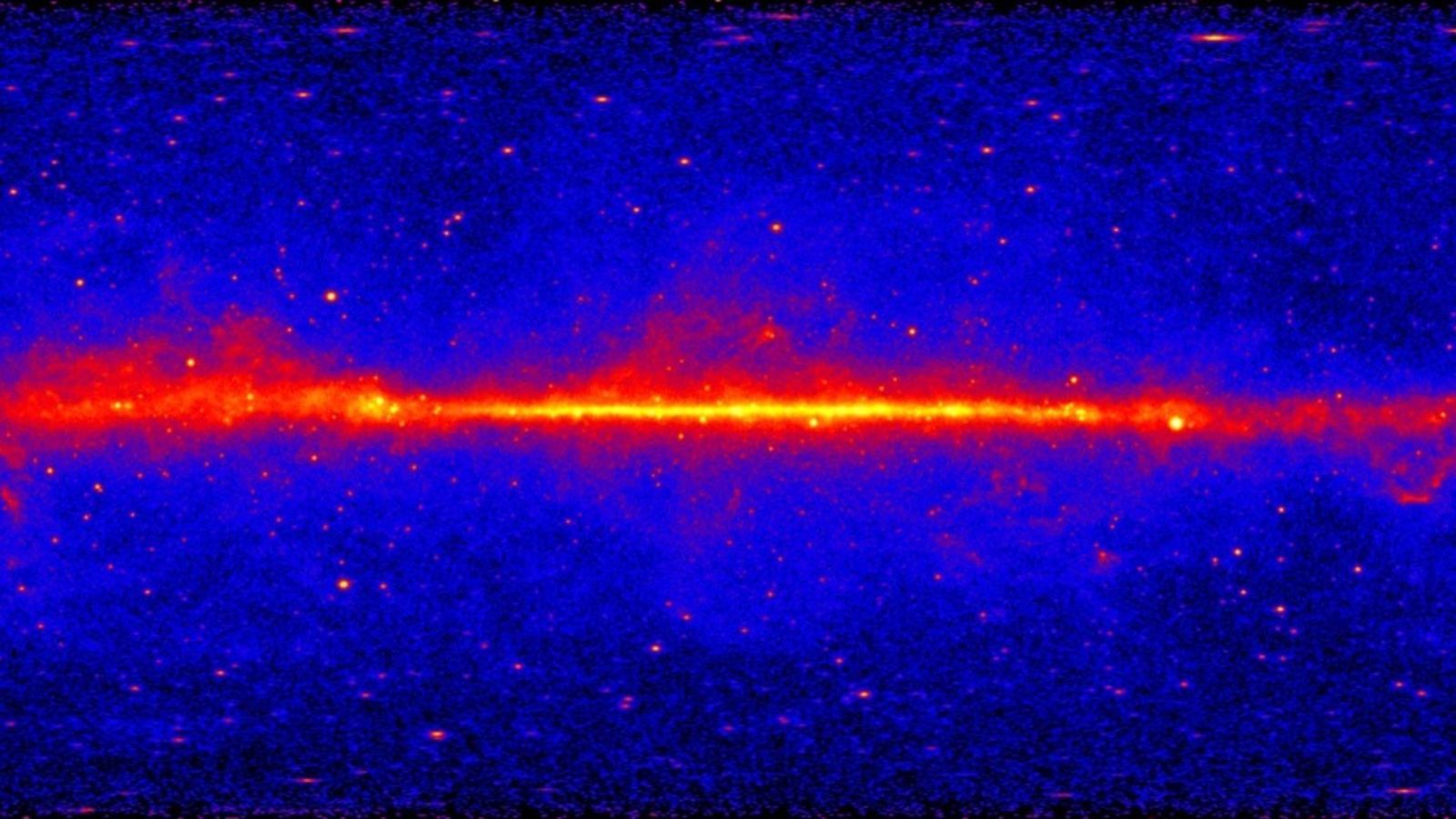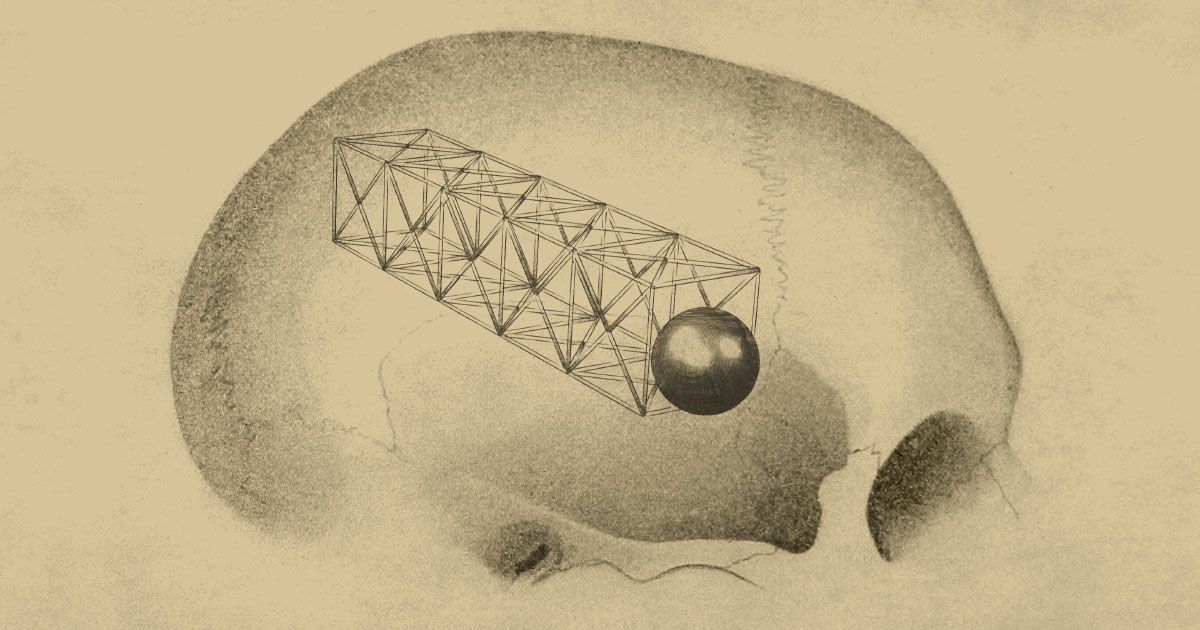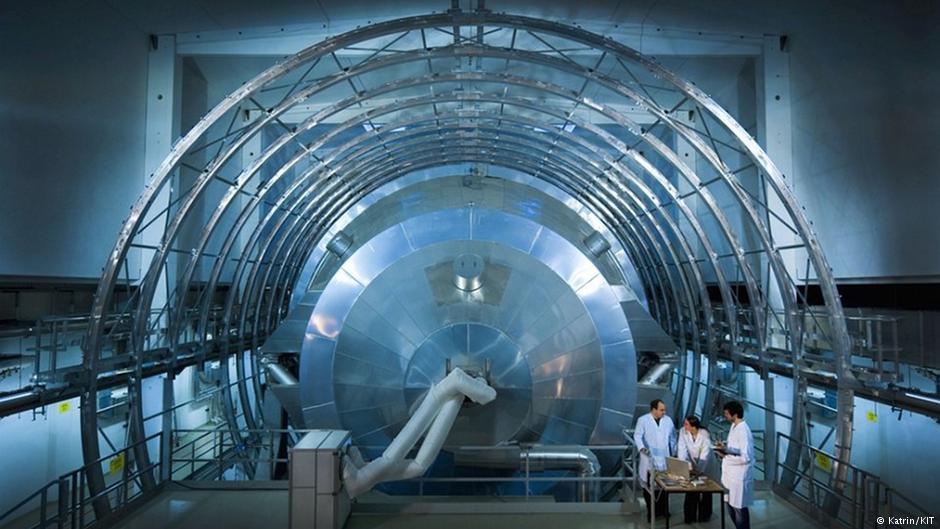Jun 23, 2018
This insane golden chamber contains water so pure it can dissolve metal, and is helping scientists detect dying stars
Posted by Genevieve Klien in category: particle physics
Super-Kamiokande (or “Super-K” as it’s sometimes referred to) is a neutrino detector. Neutrinos are sub-atomic particles which travel through space and pass through solid matter as though it were air.
Studying these particles is helping scientists detect dying stars and learn more about the universe. Business Insider spoke to three scientists about how the giant gold chamber works — and the dangers of conducting experiments inside it.
















